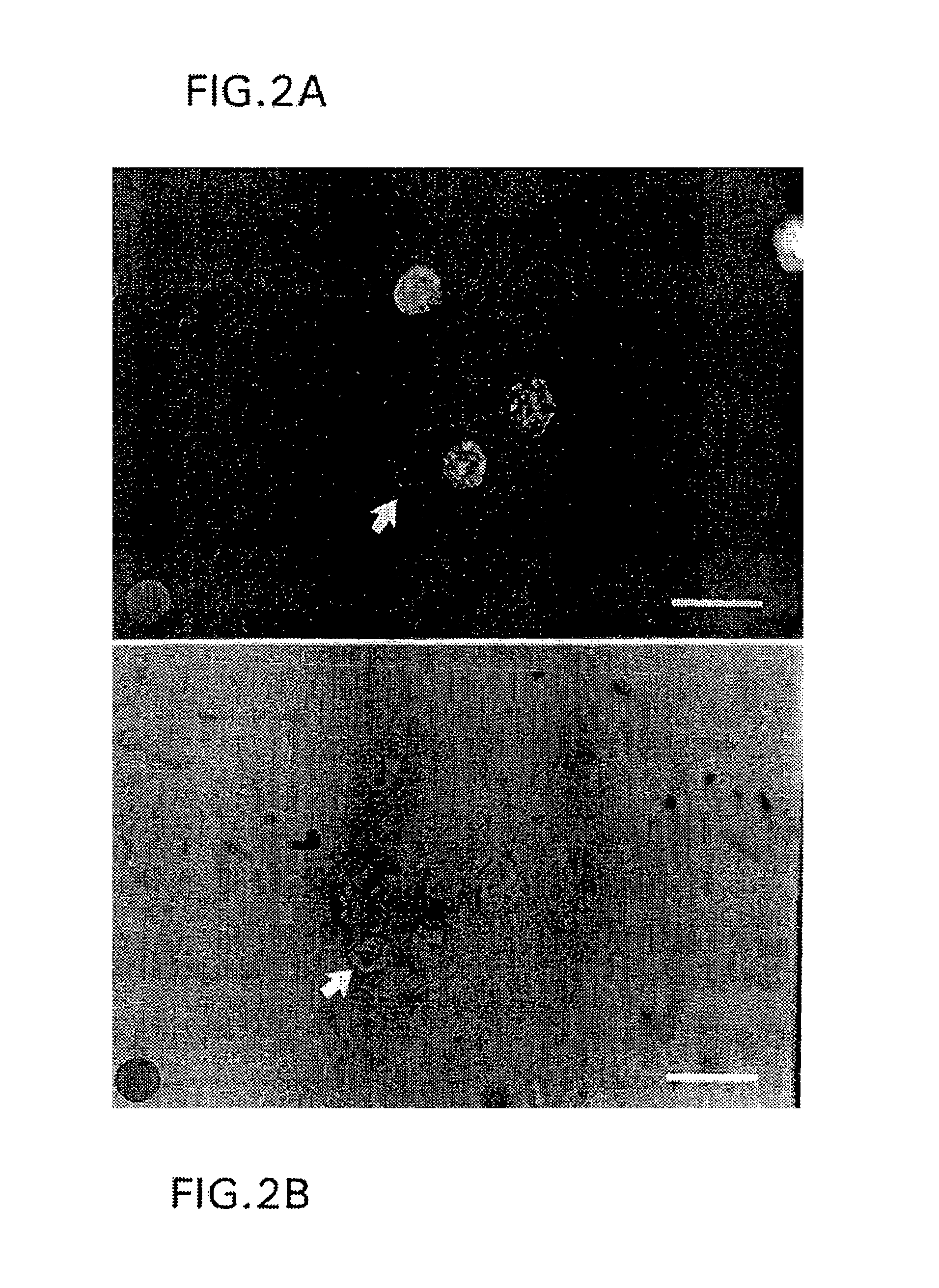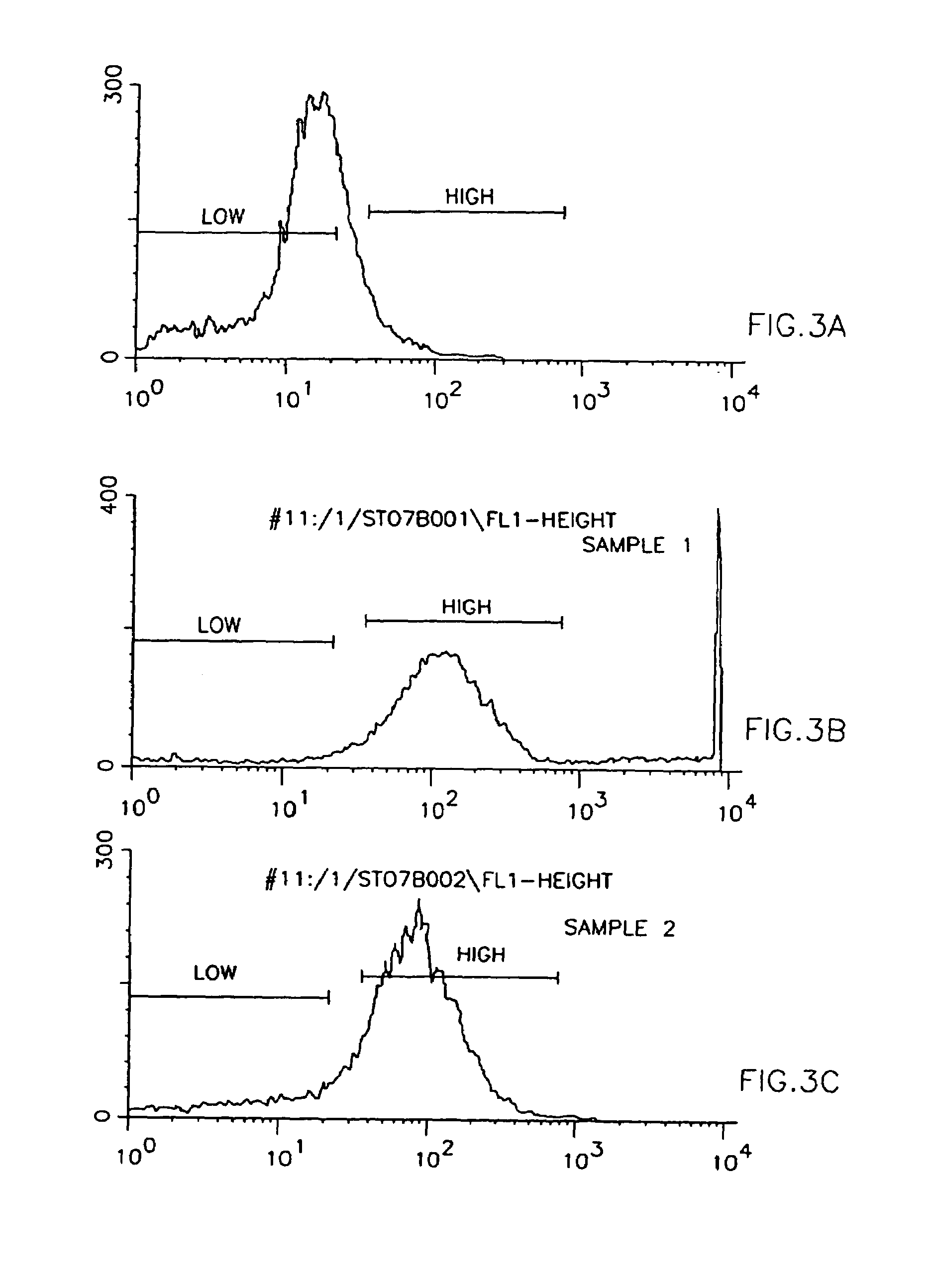Myoblast therapy for cosmetic treatment
a technology of myoblasts and cosmetics, applied in the field of cosmetic treatment of mammalian disease conditions, can solve the problems of not meeting the fda approval of viral vector mediated gene therapy for human neuromuscular diseases, not being able to produce living cells from nonliving ingredients, ions, biochemicals, etc., and achieves the effect of reducing disease conditions, reducing size, and reducing the size of the tumor
- Summary
- Abstract
- Description
- Claims
- Application Information
AI Technical Summary
Benefits of technology
Problems solved by technology
Method used
Image
Examples
Embodiment Construction
[0069]The compositions and methods described herein will be illustrated for the treatment of individuals having hereditary neuromuscular diseases. However, it is contemplated that other hosts and other disease states may be treated with the inventive compositions and methods.
[0070]A. Controlled Cell Fusion
[0071]Myoblasts have the unique ability to fuse with other cells. With the use of normal myoblasts, a full complement of normal genes can be introduced into any genetically abnormal cells through cell fusion. For example, the genetically abnormal cell could be a liver cell, heart muscle cell, or even a brain cell. The idea is to introduce a full complement of normal genes into abnormal cells and, therefore, treat the genetic disease at the gene level and not at the hormonal or biochemical level.
[0072]For treating genetic diseases that involve structural protein abnormalities rather than regulatory protein abnormalities, it would be useful to control, initiate or facilitate cell fus...
PUM
| Property | Measurement | Unit |
|---|---|---|
| pH | aaaaa | aaaaa |
| concentration | aaaaa | aaaaa |
| body weight | aaaaa | aaaaa |
Abstract
Description
Claims
Application Information
 Login to View More
Login to View More - R&D
- Intellectual Property
- Life Sciences
- Materials
- Tech Scout
- Unparalleled Data Quality
- Higher Quality Content
- 60% Fewer Hallucinations
Browse by: Latest US Patents, China's latest patents, Technical Efficacy Thesaurus, Application Domain, Technology Topic, Popular Technical Reports.
© 2025 PatSnap. All rights reserved.Legal|Privacy policy|Modern Slavery Act Transparency Statement|Sitemap|About US| Contact US: help@patsnap.com



